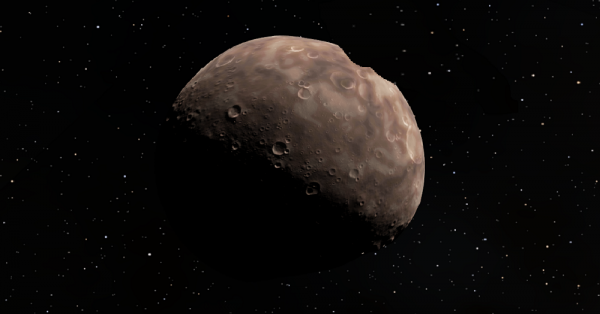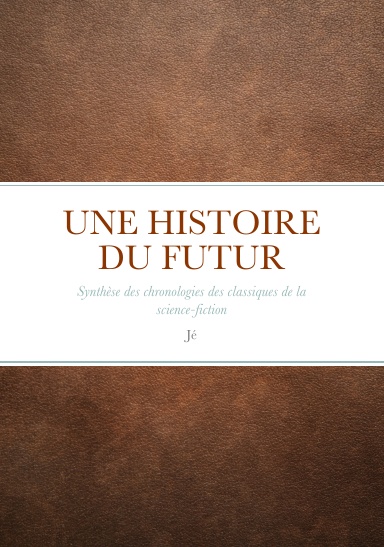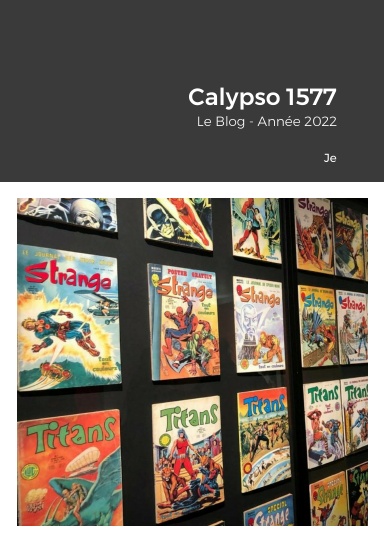All female human clade |

Image from Steve Bowers
|
(5) Astraea
After a short period of mining by autonomous Neumann replicator machines this asteroid in the Old Solar System was abandoned until colonisation in 220 AT by the all-female Parthene clade of superbright genetic tweaks; the Parthenes became active in mining many smaller asteroids in this band, and many were engaged in deep space astronomy using the long baselines available.Clade Parthene
The research into inheritable genetic modification to improve human intelligence had a very high failure rate, and was long outlawed on the Earth's surface during the early Interplanetary Age; for this reason many new tweaked genomes were developed in the orbital habitats surrounding the Earth and Moon. One promising approach involved selecting the intelligence traits associated with female development and hormone balance; many profound behavioural differences were determined to result from the complicated interactions between the male and female chromosomes and the rest of the genome. After finding a way to induce parthenogenesis (the development of new individuals from unfertilised ova) at will in human females, the all female team at Biotopia (Asherah) produced a superbright all female genotype, the so-called Parthenes. Each Parthene child is a natural clone of her mother.The first Adult Individual, Jenni Denley, led the colonisation of Astraea Asteroid in 220 AT, and her clone/daughter Julie became a famous astrometrist, working with the hyperturing AI known as 110001 to map the entire visible galaxy by 261.
The superbright Parthene culture was very rich and diverse, relying on advanced hormone control to regulate many social and physiological aspects of the women's lives. Soon after the initial development of the clade it became apparent that simple cloning by means of parthenogenesis would lead to social stagnation, so the Parthenes used various methods of ova fusion allowing a form of female-only sexual reproduction. In the current era this includes the production of female pseudosperm with only X chromosomes.
As time passed the Parthene clade diversified their genetic typology, some becoming adapted to life on planets and habitats with artificial gravity, others remaining adapted to microgravity. They have remained relatively close in appearance to baseline human females, although some individuals develop secondary sexual characteristics only when in reproductive mode, while others adopt body-types resembling human males on a temporary or permanent basis.
Source : http://www.orionsarm.com/eg-article/486fec2d0c177


















3 commentaires:
L'auteur français Ayerdhal évoque les femelles parthénogénétiques de la planète Taj Ramane dans ses romans "L'Histrion" et "Sexomorphoses".
L'Histrion est un roman de science-fiction d'Ayerdhal publié en 1993. L'auteur y rend hommage à Frank Herbert et y développe un univers politique humain chaotiquement unifié autour d'une entité politique nommée le Daym, elle-même le fruit de Genesis, organisme vivant de nature inconnue. Ce roman sera suivi un an plus tard par Sexomorphoses.
Le cadre politique
Au sein du Daym treize entités possédant chacun une voix s'expriment :
- Genesis lui-même, planète pensante pour les uns, supercalculateur pour d'autres ;
- Les Eliges, les fonctionnaires du Daym, vivant sur la planète Ehn-Eval, qui n'est autre que la planète où se trouve Génesis ;
- L'Empire, par la voix d'un Chevalier, et au nom de l'Empereur ;
- La Conféderation, démocratie d'importance similaire à l'Empire ;
- L'Église, politiquement alliée avec l'Empire ;
- Les Scientes, surdoués de la technologie issus d'une planète unique nommée Endrèbe ;
- Les Nautes, peuple nomade de l'espace profond qui est le seul à posséder la technologie du voyage supraluminique, et qui vit sur des vaisseaux-îles ;
- Le Taj Rama, composé uniquement de femmes, toutes télépathes et se reproduisant par parthénogenèse ;
- Les Erudes, société anarchiste particulièrement douée dans les disciplines artistiques, politiques et psychologiques.
- Les Andres, diminutif d'Androïdes, créatures des Scientes et dont l'humanité ne sait guère ce qu'ils sont devenus depuis leur début d'émancipation ;
- Les Marches (sous-entendu de l'Empire), unions de républiques, de monarchies, tantôt autoritaires, tantôt démocratiques libérales ;
- Le Lansall, similaire aux Marches, mais plutôt associés à la Confédération ;
- La treizième voix est détenue par l'Histrion, fouteur de merde incarné dont le rôle est de rendre impossible l'immobilisme à long terme.
Le personnage de l'Histrion
À la fois héros et héroïne, Aimlin (ou Aimline) est un sexomorphe. El (pronom désignant les hermaphrodites et sexomorphes) est le personnage central du roman, un personnage profondément dual (homme et femme ; irresponsable et politiquement engagé ; égoïste et altruiste ; courageux et trouillard...). Sa sexomorphie, capacité à changer totalement son matériel génétique et notamment à devenir homme ou femme, en fait un personnage en quête de soi notamment dans Sexomorphoses, autre roman d'Ayerdhal reprenant l'univers et les personnages de l'Histrion et qui constitue de fait sa suite logique.
Un roman engagé
À l'image du reste de son œuvre, l'Histrion est un coup de gueule et un cri d'amour d'Ayerdhal contre et pour l'humain : xénophobie, attrait du pouvoir, égoïsme en prennent pour leur grade pendant qu'il nous fait lire un profond éloge de l'universalisme, parfois non sans une certaine naïveté.
Sexomorphoses est un roman de science-fiction écrit par l'auteur français Ayerdhal édité en 1994 par J'ai lu. Il prend place dans le même univers (qui est une adaptation de celui de Dune) que celui décrit dans L'Histrion dont il est la suite.
Résumé
Aimlin(e) se met en quête de son identité, fuyant son destin. Sa quête l'emmènera d'un bout à l'autre de la galaxie pendant que l'Empereur cherche à assurer son emprise sur tout le Daym. Pendant ce temps, l'ordinateur monde, Génésis, observe la réalisation du rêve qu'il a fait pour l'humanité.
Enregistrer un commentaire